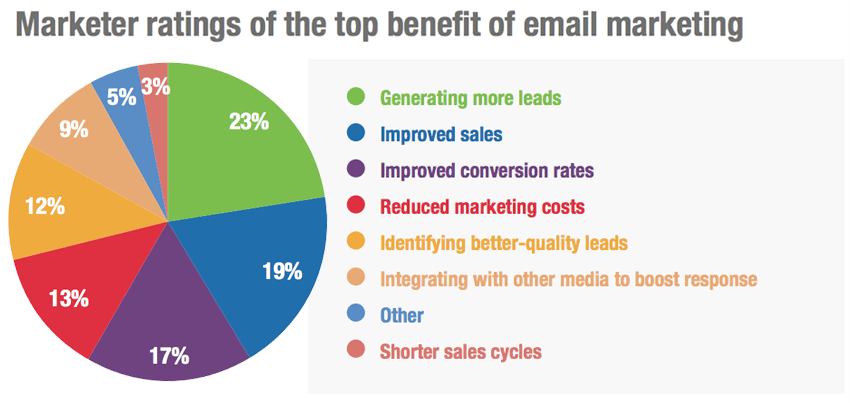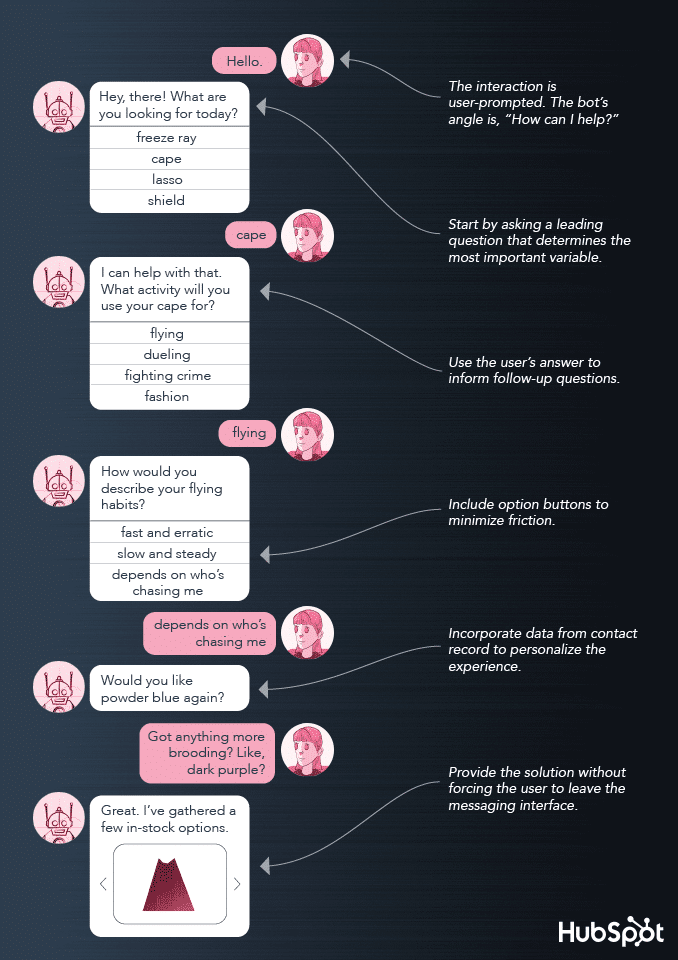To be successful in the long term, you need not only the right services and products, but also a direct line to your customers. This means that you have to correct address need to find and always be there for your clientele should. In doing so, you can rely on quite classic tools such as Email marketing and with the weekly Newsletter or personalized retargeting spread news or make special offers via mail. But of course it can also be done faster and more directly - such as with chatbots in messengers and social networks.
Do both approaches work best together, or does it come down to a duel of chatbot vs. email marketing? In this guide, you'll find out which tools your company should be using and how you can benefit from these different marketing programs.

Chatbot vs email marketing - basic facts about the communication showdown
Email marketing is nothing new, on the contrary. Mailing lists have been around as long as online marketing has, and even today, email is far from being old news in marketing.
If you do it right, your company not only sends out an email as a newsletter, but uses segmented lists. Here you bundle the Data on all your customers and set certain conditionsn, to targeted incentives to create. This includes, for example, a reminder that there are still goods in the shopping cart and perhaps even a concrete push in the form of a discount code.
This segmentation and personalization ensures that your email really stands out. Each of your customers receives dozens of emails every day, so it's important that your content stands out at first glance and has an actual Added value offers. Dynamic subject lines, A-B tests and precise targeting show that e-mail has lost none of its appeal as a marketing tool.

Investigations According to this, some customers check their mail up to 20 times a day, and even more often than social media, the first glance is at the e-mail. Also the Open rate is significantly higher for mails than engagement on social media, even though you can of course reach more people on Facebook and Co.
You should also be aware that e-mail has a certain clientele. Especially among Internet surfers aged 55 and older, mail is still the most popular. In addition, the mail cross-platform the means of communication that can be accessed and sent anywhere from smartphone to tablet to PC. Even users who do not have up-to-date technology and do not have an account on social media have an e-mail address on the web.
So in the chatbot vs email marketing battle, there's no knockout in the first round, even if email looks knocked out via its strong focus on social media.
So what is the case for using chatbots?
A.I. as utopia in marketing - why you should rely on chatbots
Chatbots have a lot of potential, according to a Study from Chatbot Magazine has a click-through rate of 15-60 percent. Even with a small, focused newsletter, you're likely to struggle to achieve this.
At a time when engagement is the highest currency in online marketing, you should by no means underestimate these numbers. For emails, by the way, the average CTR is just 4 percent.
The personalization recommended for a successful newsletter is built into the chatbot virtually "by design." Through access to the Data depth of social media and Messenger apps it becomes much easier to send a specific message and know the preferences of customers.
The success story of chatbots in marketing begins with the user's decision. If they want to interact with the bots, they begin with a very explicit decision: they start a dialog.

This alone is an advantage over the mail, because a newsletter does not respond to queries and communication with customer service via mail often turns out to be extremely bulky. Instant messaging on the other hand, is immediate and customers always have the feeling that they are in a meaningful exchange. Even when they're just chatting with a "robot". After all, it's all about information gathering and that works with chatbots fast and simple.
With comparatively little effort, you can use chatbots not only to open up new marketing channels, but also to improve your Optimize customer service and thus remain available to (potential) customers 24 hours a day, seven days a week.
In addition, chatbots act equally as Feedback sheet. You can see immediately when customers drop out and which functions create particularly high engagement. This controlled monitoring in action takes much longer with newsletters and is much more time-consuming.
Chatbot vs. email marketing: How do you decide what your company should focus on?
Of course, the question is never pure chatbot vs email marketing, but both methods are best suited as team players to reach customers on the most relevant channels. After all, you know best what your customers want, who they are, and what platforms they hang out on. If they want to build a bigger presence on Facebook and promote your store via the social network, you obviously need chatbots. As a B2B solution for enterprise customers, on the other hand, a formal email is certainly more promising.

Messenger apps are particularly popular with younger users, while e-mail is also very popular with silver surfers. There are also differences in the form of the content, because short and direct addresses work best in Messenger, but more complex contexts should be formulated in an e-mail. This is no different in marketing than in private contacts.
Precisely because of the different target groups, email marketing and chatbots get along splendidly and should definitely be complementary to each other be used. The differences and opportunities at each end of the marketing spectrum are greater than the intersections, and both communication channels are ideal for a balanced multichannel approach.





